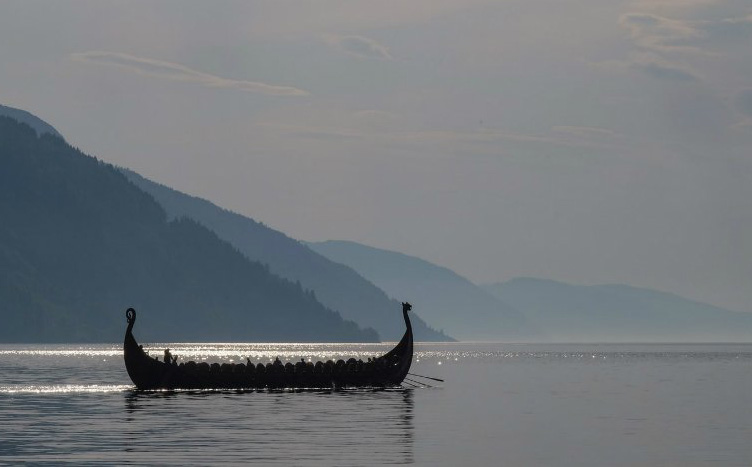
Discover more about the great vessels the Norsemen used for trade and raids. The Vikings' longships are one of the greatest symbols of the era and remain an icon of Scandinavia today.
The Vikings operated throughout northern Europe between 793–1066 AD. Infamous for their vicious raiding and pillaging of new lands, they were also known for their trading. Neither would have been possible without a reliable means of transportation.
An introduction to the Vikings' longships
The northerners looked to the seas as a convenient and accessible way to explore and trade. This concentration saw them develop extremely skilled ship building techniques and advanced sailing skills that were far ahead of their time.
Arguably the Norsemen’s biggest breakthrough in seafaring was the design and craftsmanship of the Longship. So good was the design, it was also used by other cultures, such as the Germanic tribes.
Made mostly out of timber, the vessels elongated design ensured it was able to handle the roughest waters and carry people across vast distances. Various sagas tell us much about their history while recent excavations has revealed even more about their specifications and build.
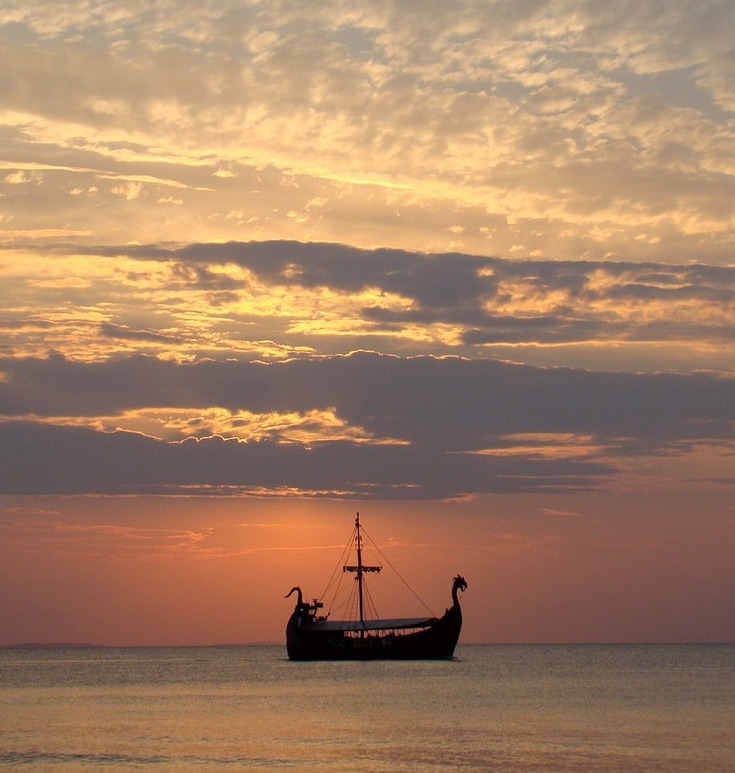
While many types of vessels were constructed, they tended to fall into four main groups, each serving a different purpose. Let's take a look at each in turn, starting with the smallest.
Karvi
One of the smaller longship vessels in the Viking fleet was the karvi (or karve). This type of ship had various uses, for trade, fishing and as a transportation vessel. Additionally, it is also said to have been used for military purposes.
Read more: Fun Facts About The Vikings
The karvi had 13 rowing benches – typically, ships with 6 to 16 benches were categorised as a Karvi. Due to the unique structure of this ship it was able to handle shallow waters, and this is what made it an ideal transport and cargo ship.
The most famous karvi vessel to have been discovered to date, is the Gokstad ship. It was excavated in 1880 and dated sometime around the ninth century. It measured around 23 metres (75 feet) in length which is considered one of the larger Karve ships.
Snekkja
The next type of Viking longship is one of the most common and one that has an interesting name. The snekkja (or snekke), which translates as “snakes” in English, was a sleek and dynamic vessel. It was this streamlined shape that made it perfect for combat.
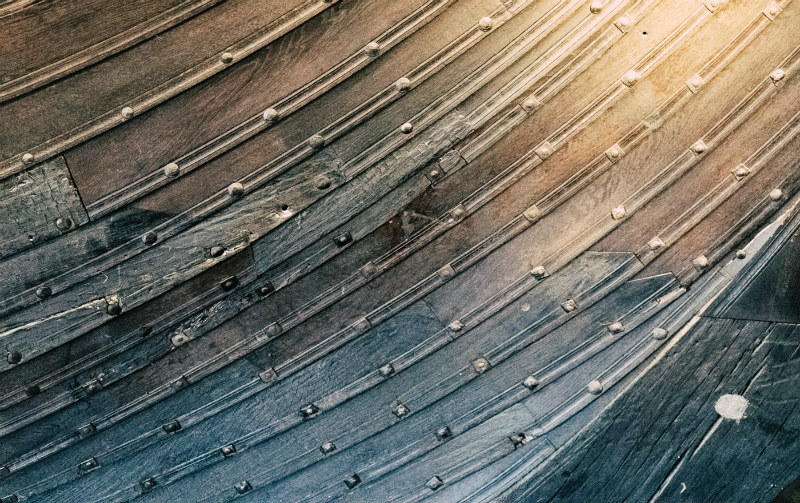
The snekkja had a minimum of 20 rowing benches and could carry on cox and about 40 oarsmen. It came in various sizes, but a standard snekkja is said to have been about 17 metres (56 feet) in length.
Snekkja excelled in deeper waters, making them perfect for use in the fjords and on Atlantic expeditions. Because it was light and had a gentle curvature of the hull, it could easily land upon sandy or pebbled beaches.
The Snekkja also had the ability to handle stormy weather and rough, open seas, both of which ensured their popularity during the Viking age.
Skeid
The skeid longship, which translates as “slider”, is one of the larger Viking vessels. It was used primarily as a warship. And because it had to carry small hoards of men, it often contained 30 or more rowing benches.
Read more: A Viking Timeline
One of the largest discoveries of a skeid ship came in the mid 1990s, when a 37 metre (121 feet) long vessel was unearthed in Roskilde harbour in Denmark.
It was labelled the Roskilde 6 and said to have been built towards the end of the Viking era around 1025. It was one of nine Viking ships discovered in the area.
Drakkar
Another type of longship was the drakker (or dreki), which means ‘dragon’. This ship contained many carvings, from dragons to snakes, which is said to have been used a way to ward off evil sea monsters.
Another theory is that the carvings, like large dragon heads at either end of the ship, helped to intimidate the victims on raids and pillages. As the ships landed on beaches, they perhaps appeared to be great serpents emerging from the dark waters.
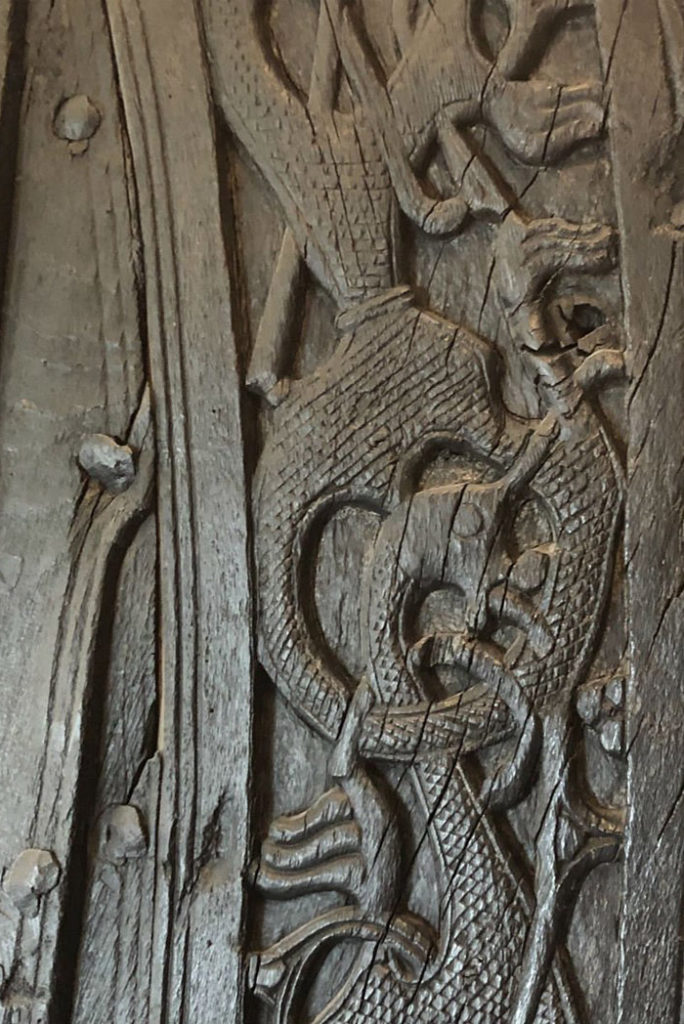
The drakkar often contained rowing benches of 30 or more. But aside from the carvings and estimate of rowing benches, it is a vessel from the Viking era that we know very little about.
Construction
The Vikings' longship builders are said to have had no or very little design plans ahead of a build. Instead, they relied on previous vessels as a guide.
Read more: The Vikings in Norway
Ships relied on timber as a natural resource for contruction and many different types were used in the building process. Oak was a popular choice for the more important vessels due to its durability, pliability and strength when wet or unseasoned.
All longships consisted of a keel, stems and a hull. A keel is the base of ship that runs along a centreline on which a hull is built. The stem is the main upright timber of a ships bow, from which the ship’s sides are attached.
They also had a sail and a mast. Although, less is known about the size and materials used to make the sails, largely because no Viking age sails have ever been recovered intact.
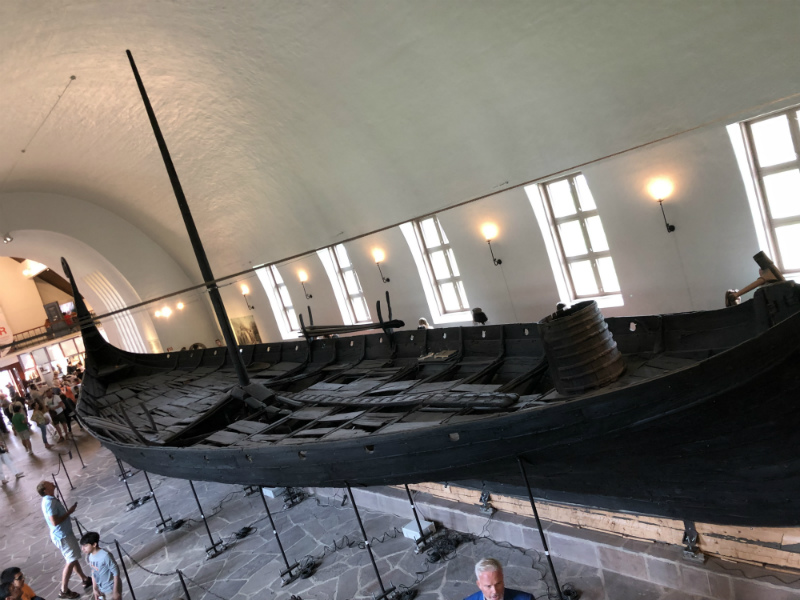
Other important parts of the ships were things like a rudder, anchors, oars and benches on which the oarsmen would sit.
Navigation
If you aren’t already impressed by these great vessels and the way they were made, the Vikings' seafaring skills are equally impressive, not least when you consider they were trying to navigate the seas nearly 2,000 years ago.
Read more: Inside a Viking Home
The Vikings were confident seafarers, with things like distance, bad weather or the strength of the sea proving no obstacle to them. They had an excellent knowledge of sea currents and excelled in the judging of wind speeds.
Relatively little is known about the navigational instruments on board the longships, but recent discoveries by archaeologists suggest things like sundials were in use. This signifies that the Vikings could have used them as a compass to chart their route and direction.
The very earliest origins of ships of this kind are dated broadly between 500 and 300 BC and are believed to be fairly small in comparison to the four major longships reviewed in this article.
However, they were essential in the sense that they were to provide the initial building blocks for those great Viking longship vessels that followed.
Did you enjoy this article? If so, why not share it on Pinterest so others can find and enjoy it to? We've even made this awesome pin to make your account shine:
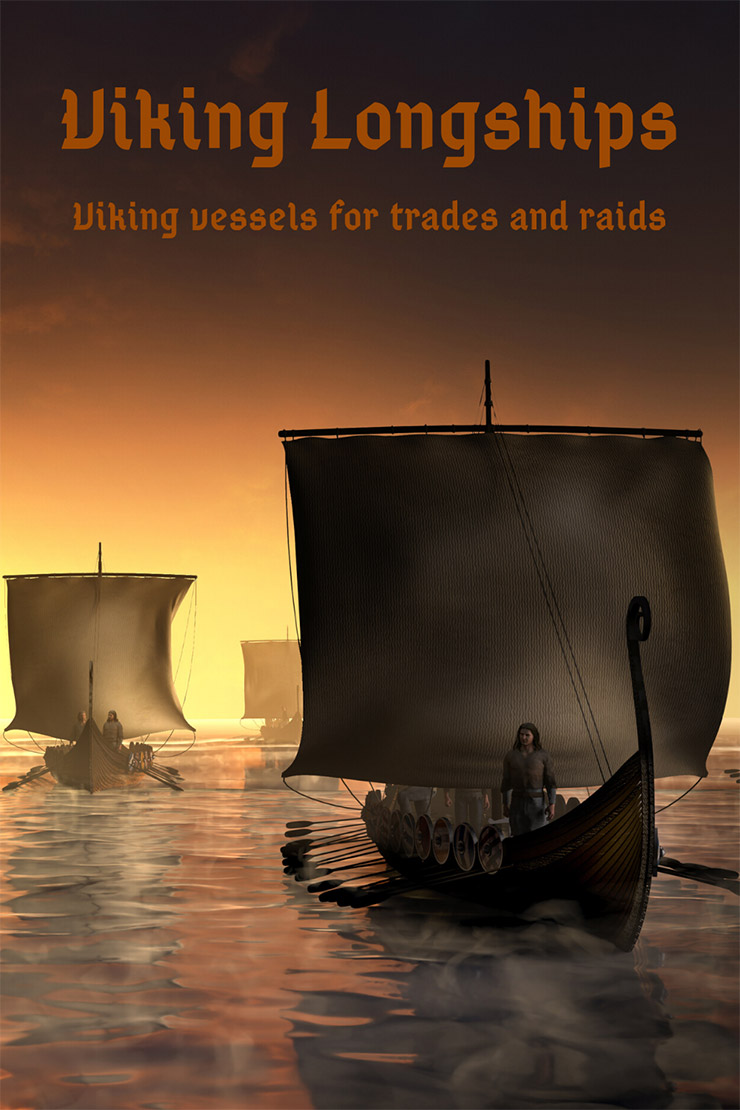


Very interesting article on the Viking Ship construction and kind. Ot is common knowledge now of how the propulsion was made to get from A-B and of course their skill in navigation with little help from instruments.
However, I have made a lot of research in trying go find the kind of shop that would stow booty, valuable articles. food & water and of course extra clothes for rough or change of weather.
It seems that most vessels were single deck with personal chests that the oarsmen sat on with stowage. But this is of course just like having a Drawer! So not much would be held in there exceptionally rough weather clothes. As if everything was on the single deck there would be no space to prepare for attack nor defend.
Stuff was stored below deck with the ballast.
Well written and researched article on those magnificent ships.